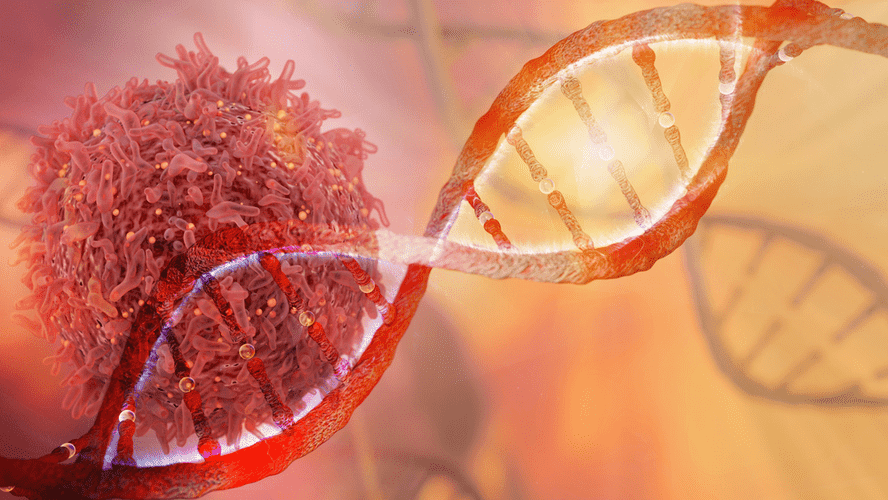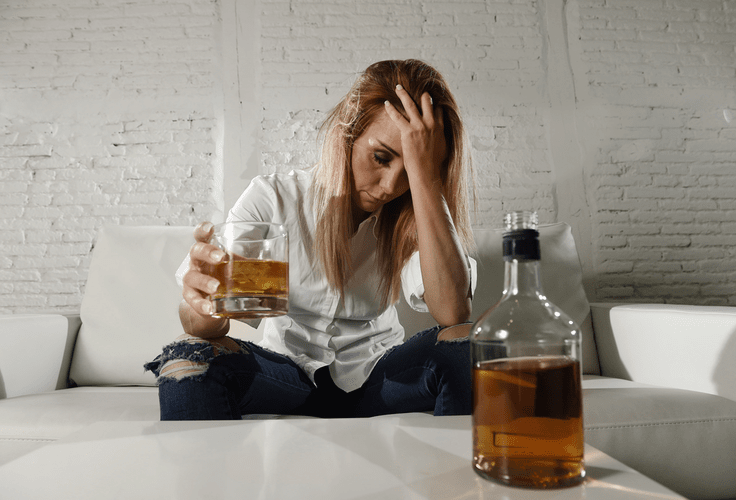Alcohol Use Disorder Test: Am I An Alcoholic? I Psych Central
Content
31% of the people in the U.S. who are addicted to alcohol are individuals in the young adult subtype. While they might drink less frequently than some of the other groups here, they tend to binge when they do drink. This category of individual typically comes from families that do not have high rates of alcohol use disorder. Some of the mild symptoms of alcohol withdrawal can show up as soon as six hours after you have finished your drink. These can include nausea, anxiety, headache, shaking hands, insomnia, vomiting, and swelling.
- People who misuse alcohol, in the same vein, drink to find relief from anxiety, depression, stress, or sadness.
- Alcohol tolerance is the ability to drink more than one used to in order to get drunk.
- Taking an assessment is often the first step on the road to recovery.
- In a way, learning to stop enabling another person’s drug or alcohol misuse can be very empowering for you.
- An alcoholic is someone who is physically and mentally dependent on alcohol.
Let’s take a deep dive into what it means to be an alcoholic, what the signs of alcohol use disorder are, and much more. Please remember, this is a primary screening tool – a first step, if you like, and it is used to help reduce alcohol-related problems and risks. However, you can use your score to make decisions with your family physician or an addiction specialist about what you should do next, if that is required. No matter how badly you might want to be part of your loved one’s life, do not engage in the behaviors with them.
Which Alcoholism Quiz Should I Take?
We publish material that is researched, cited, edited and reviewed by licensed medical professionals. The information we provide is not intended to be a substitute for professional medical advice, diagnosis or treatment. It should not be used in place of the advice of your physician or other qualified healthcare providers. Many people use the terms “alcohol abuse” and “alcoholism” interchangeably. However, alcoholism refers to alcohol addiction or dependence, where the individual has a physical or psychological compulsion to drink alcohol. Alcohol abuse refers to a pattern of behavior where a person drinks excessively in spite of the negative consequences.

It is not uncommon for family members to feel abandoned by their loved ones who are misusing alcohol. They may even feel like they need to “join their world” to reconnect with am i an alcoholic them. You are giving them a “safety net” that allows them to lose their job or skip work because of their alcohol or substance use with no real consequences for these actions.
How Do You Get Rid of a Hangover? 3 People Share What Has Worked for Them
Of the five subtypes, they rate highest for other psychiatric disorders and abuse of other substances. Roughly 80% are from families that struggle with multigenerational alcoholism. If you or a loved one have experienced any of these warning signs, it might be a good idea to seek help to learn more about whether or not you are suffering from alcohol use disorder. This disorder can look very different between different individuals, so it’s important to seek outside help if you worry that you or a loved one is exhibiting some of these warning signs. One way to understand the difference between excessive drinkers and alcoholics is what happens when they stop drinking. For people who drink excessively, stopping drinking will likely improve their lives.
If you are consuming more than this, you may have a drinking problem. However, you may still experience negative effects on your life and health if you are consuming less than those amounts. Instead, the term is used to indicate that a person misuses alcohol.
What’s the Difference Between Casual Drinking and Alcohol Abuse?
One way to tell if you are a problem drinker or an alcoholic is when you try to stop drinking. Likewise, if you pledge to stop drinking for a period of time, such as a month, you can fulfill that pledge if your drinking has not yet crossed a certain line. Keep in mind that these informal assessments demand that you be rigorously honest with yourself. That’s because, if you are still craving and obsessing over alcohol after you drained the evening’s last glass, you might have a deeper problem. You can prevent alcohol use disorder by limiting your alcohol intake.
If you experience cravings for alcohol when you’re not drinking, this could be a sign of an alcohol problem. Often, people will compare their drinking to others and conclude that they don’t have a problem because someone else they know is drinking more than them. Just because you are drinking less than other people does not mean that you can’t have an alcohol problem. Lists 12 questions to ask yourself if you think you may be an alcoholic.
This is of particular concern when you’re taking certain medications that also depress the brain’s function. Because denial is common, you may feel like you don’t have a problem with drinking. You might not recognize how much you drink or how many problems in your life are related to alcohol use. Listen to relatives, friends or co-workers when they ask you to examine your drinking habits or to seek help.

